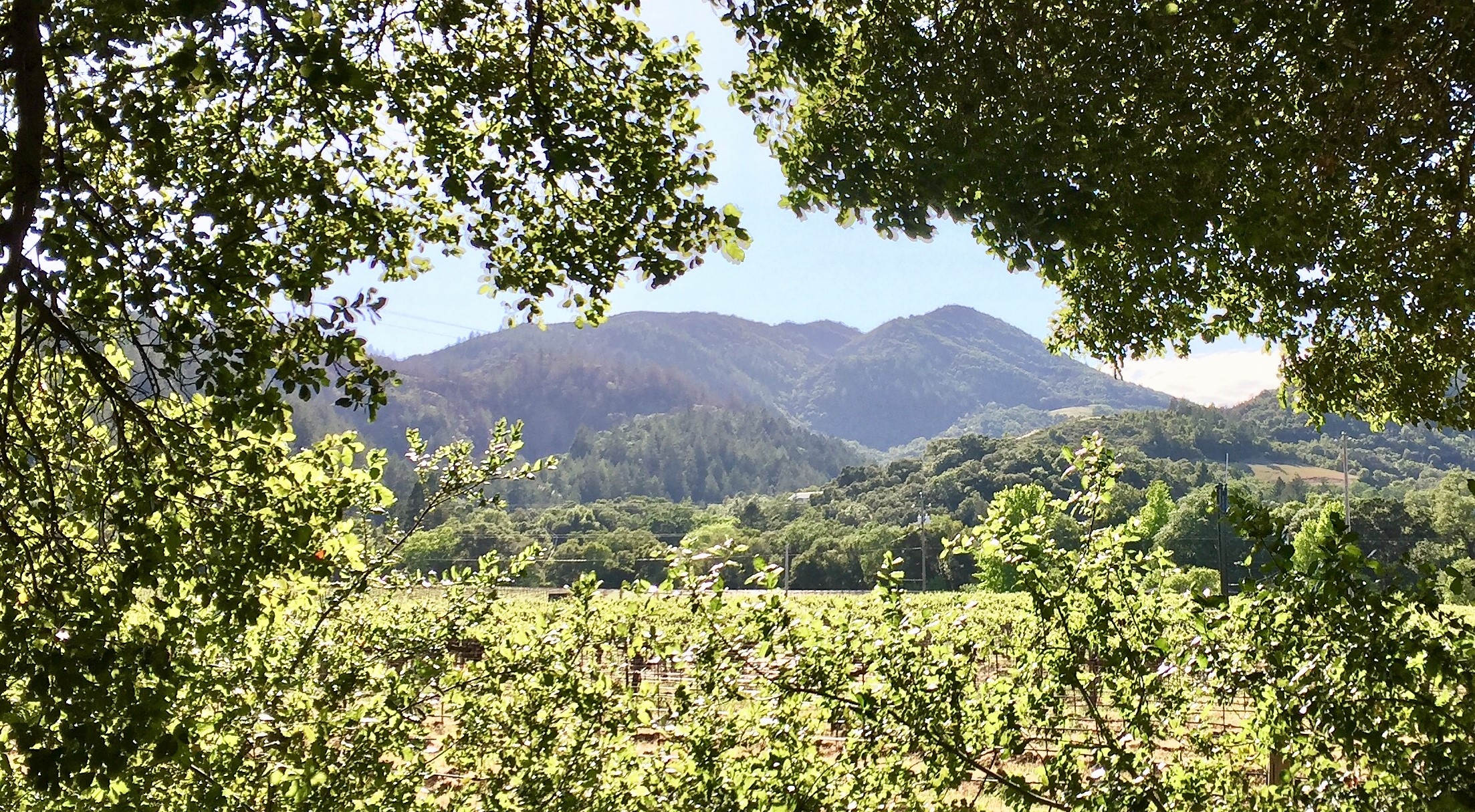The Last of the Cult Cabs
A few weeks ago, we were treated to a visit and tasting with the Alex and Graeme at their eponymous and historical MacDonald Vineyards. After travelling to about a dozen palatial estates throughout Napa, the humble and straightforward approach that the brothers apply to their craft was a breath of fresh air to say the least. The visit took a vineyard-first approach in a way that spoke to the core of what makes their wine so singular. The 2015 vintage they shared with us was a meticulous expression of their treasured To Kalon parcel - aromatically brilliant, immensely layered and expressive, with each sip seemingly exposing another dimension that was intriguing and compelling. It is a special place, a unique story, and a fantastic wine. It also just happens to be one of modern Napa’s biggest success stories and one of the wines most coveted by collectors these days.
What makes what the MacDonald brothers’ work even more compelling is the lack of recent parallels. A decade ago, every collector was lining up to get a piece of the most cherished mailing lists. Today, except for a select few, the floodgates are opening up on readily available, formerly “cult” wines. One of the great proponents of this is the age of information – everybody knows what something costs, how much there is, and what other people are trading it for. The other piece of the puzzle is the decline of Robert Parker’s critical contribution. His points still move the market, but he is not actively reviewing new vintages. Wines that once saw a 150% premium for receiving a magical RP100 mark are now selling at mailing list prices regardless of the score from other industry experts. In some ways, it makes for a more honest marketplace. No longer are people buying $300 wines because they might be $500 wines. They are buying $300 wines because they have a genuine appreciation and affinity for them, and perhaps the resources to not have to think twice when pulling a cork.
It also makes the burden of proof that much more for these elite wines. It requires more consumers to gravitate towards their own tastes instead of what the market dictates. In some cases, even the most pricey wines seem worth every cent. Kapcsandy is a great example – their wines approach the $400 to $500 range at retail for Roberta’s and the Grand Vin, but I would have no problem stacking up either against the wine world’s finest and feeling like they’re a luxury that’s worth paying for. On the other hand, there are plenty of wines that ask for First Growth prices that come off as anonymous and have you thinking of all the more modestly priced wines that deliver that kind of experience. At the heart of it, that’s what many of us are looking for as collectors on a daily basis – that elite bottle without the elite cost. Which brings us back to MacDonald…
The MacDonald brothers are quick to admit that they probably could charge more for their wine. But as we enter a stage where points are becoming less impactful than they’ve been since the Parker era began, there has to be some other imperative that keeps wine collectors engaged with wines that you don’t always get to taste before you buy. And oftentimes, nothing engages collectors more than the feeling like they're buying something that is worth more than what they paid for it. Being able to sustain that over the years is something that few properties can claim and one of the most difficult things to achieve. Dunn is a great example – for decades they were the wine world’s worst kept secret in that many wouldn’t hesitate to pay more for what was in the bottle. Dominus, for years, was a $300 wine with a $150 price tag. Mark Aubert still charges what many would call an obscenely low price for his Grand Cru caliber releases. And while there are plenty of examples internationally that seem like they’ve been under-priced for way too long – Felsina’s Rancia, Pontet-Canet, Taittinger’s Comtes, Muga’s Prado Enea – they’re technically playing a different game, since they produce on a larger scale than you'll find in most of Napa.
Hopefully the MacDonalds’ story inspires more producers in Napa to reinvent the high-upside, collectible value proposition that the “cult cab” movement created back in the day. It could very well be that it is just not in the cards for a modern economy in the region. And in the end, what makes a wine special has more to do with the dedication and tireless work that goes in to the vineyard and the bottle. If that wine is $600, it is no less good for that, but it is slightly less exciting. If that wine is $150 in a region that is dominated by the $300 bottle, then you have a thrilling, multi-dimensional wine that engages the collectible marketplace on a large scale. That is the magic that Alex and Graeme captured, and perhaps their example will inspire others to see the value of attracting a "cult" following once again.



